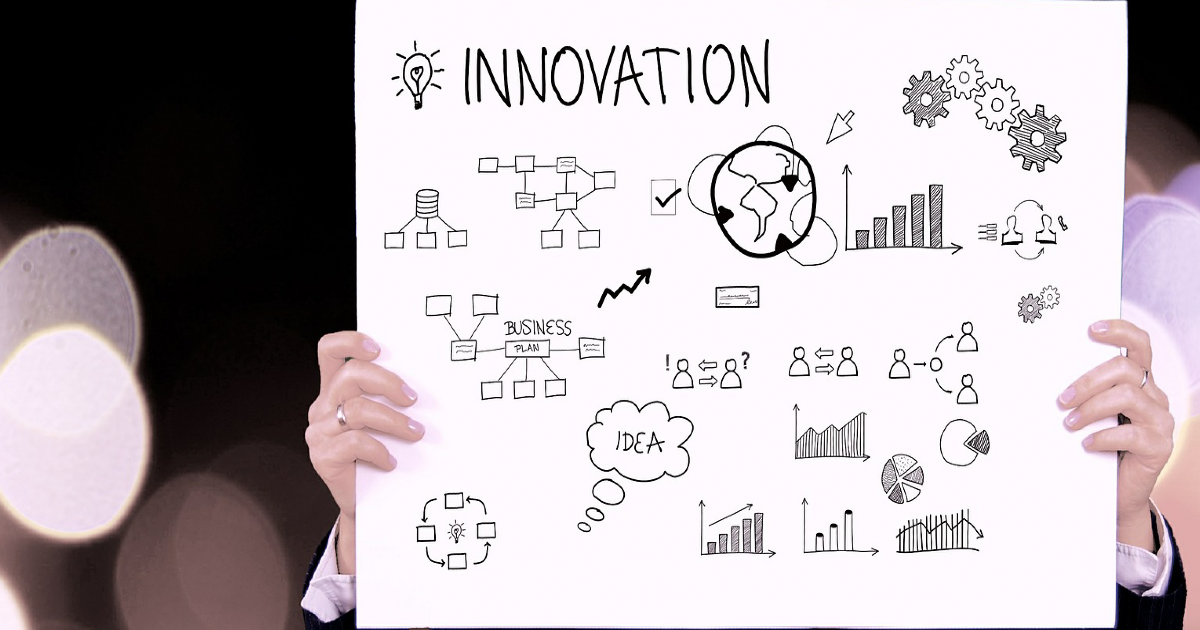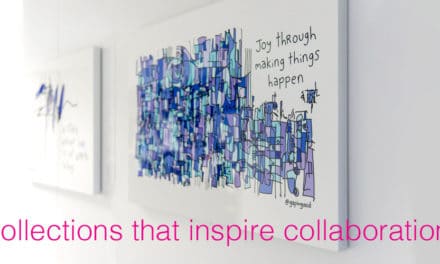Being innovative refers to making changes in something considered the norm or something others view as the best by introducing new methods, ideas, or products. Another innovative thing is taking one innovation from another group, industry, etc., and applying it to another. This is important because there is no cure for muscular dystrophy or set treatment plan for muscular dystrophy. You have to think outside of the box and develop your individualized plan to help treat any issues you may be having. This blog will cover the four most important traits I think are needed to become innovative, some examples of being innovative, and the cruciality of innovation in my life.
The traits I will be covering have come from a combination of my personal experience and a Precise Nutrition PN level 1 certification course. First, the most important trait for being innovative to me is always to have an open and growth mindset. The opposite of this is to have a fixed and closed mindset. People with a closed mindset have little possibility for positive change in themselves and close the possibility of having or implementing new ideas that come to their minds. On the other hand, people with an open and growth mindset are more open to exploring new ideas from themselves and others, coming up with new ideas, and having a love for positive growth following mistakes or failures.
The next trait I believe is crucial for being innovative is diligence and consistency. You need to put in persistent effort consistently if you want to achieve anything meaningful efficiently. For example, I said I want to try this new massage technique to release tightness in my forearms. If I were to do this once every two weeks or even a month, it would have no effects on my body. However, if I spend 10 minutes massaging my forearms every other day, I would begin to see a reduction in tightness in the area. While you may come up with an innovative idea for treating your body, diligence and consistency allow it to have positive results for your body.
Another important thing for those who are innovative is to use outcome-based decision making, which refers to those who decide on what to do based on decision and results. For example, recently, I began to have this acid reflux that left an acidic taste in my throat. One by one, I removed things from my diet to see if they were causing this issue. In about two weeks, I figured that the coffee I was drinking was causing this. To test this prediction, I spent a few days not drinking coffee to discover that the acidic taste in my mouth was gone. After, I drank the same amount of coffee for three days and found that the acid reflux returned. Eventually, I limited the number of coffee beans I used in my coffee, and I fixed this issue.
The fourth and final trait that I find most helpful in being innovative is being inquisitive. Someone who is inquisitive searches for answers to their numerous questions, is driven by curiosity, and constantly asks questions about the world around them. Being inquisitive leads to me asking questions about how I can fix specific issues. The most recent example I can think of came from when a foot specialist told me that the internal rotation in my knee could not be fixed by anything but orthotics. Instead of accepting this blindly, I researched and asked other specialists for some techniques that could assist my knee. In the end, I am currently using a lacrosse ball to reduce tightness in my hip, trying to strengthen my legs and glutes to help my knee, exercises to ensure my feet gain better posture, and doing stretches to release tightness in my lower body. All of these things came from me asking questions about what I could do to improve my knee.
The first set of examples of innovation will come from the scientific research field that is trying to discover treatments for muscular dystrophy. Hopefully, innovation continues to occur, allowing for the eradication of muscular dystrophy in the future. EPR’s article “Treatment for rare Duchenne muscular dystrophy mutation approved by FDA” speaks about Sarepta Therapeutics Amondys 45. They figured out how to skip exon 45 when processing the messenger RNA molecule that cells use to make dystrophin protein. By skipping over this exon, the remaining exons assemble a shorter version of a somewhat functional dystrophin protein. This development has enabled some people to develop more dystrophin which helps grow and recover muscles. Additionally, Duchenne Research Fund’s article “KINEDMD study: developing an activity monitory biomarker” explains how this study attempts to use sensor suits and apple watches to monitor disease progression with pinpoint precision. If this study is successful, people will use this method to understand what drugs or treatments are doing to the body. Knowing this allows people to understand what works and what does not far more efficiently.
The second set of examples includes one idea I think is the most innovative and how innovation has allowed me to create a treatment plan that helps me. The first thing is a concept called Deep Health which comes from Precise Nutrition. While I did not come up with this term, many ideas are similar to the approach with my website. “Deep Health” refers to being healthy in all domains: environmental, physical, mental, emotional, existential, and relational-social. The environment portion refers to having a good environment that supports your wellbeing and health. This can take the form of having a nice bed that helps you relax, purchasing a gym membership to help keep yourself fit, or being in a location or city that you find enjoyable. The physical domain refers to being energized and being able to function and perform well. This could look like dedicated 30 minutes to exercise 5 times a week, having a body you can be confident in, or doing some stretches to remain flexible. The mental aspect involves learning, remembering, solving problems well, and being thoughtful, focused, and having a good mental state. Some examples of interventions in this category include a gratitude journal, reading books, or appropriate scheduling methods. The emotional segment refers to you experiencing a wide range of emotions but mostly calm, hopeful, and positive ones. This could manifest as you having effective stress reduction techniques, writing a diary to become more aware of your emotions, or creating more time to speak with friends. The existential category includes people feeling a sense of meaning and purpose in their lives. To encourage the development of the existential part, one may look for a better way to create appropriate goals, having a support system that can assist you, or discover and implement what you are passionate about into your life. The final element of “Deep Health” is relational-social and refers to people feeling connected, like they belong, and are supported by others, and having authentic relationships with others. Anything that may help improve your relationship with others could be included in this portion.
I like the idea of “Deep Health” because it takes a holistic approach to one’s health. This idea should be included for everybody, especially in any treatment program to one with an illness or disease. All of these categories interact and influence each other, which means that one must focus on each category thriving. After hearing about this concept, I realized that my treatment plan, which is discussed through this blogging website, is attempting to help me flourish in all domains so I can be as healthy as possible. I also realized that many doctors or therapists tend to focus on one major problem at a time and sometimes disregard the influence of other things in that person’s life. When assessing any patient, I believe it is essential to use this concept to ensure that a person can reach their peak health and doctors can genuinely help that individual. Since this concept can vary from person to person, it reinforces the idea that each person is a complex, unique individual and may need to experiment to find what will help them reach better health.
For the final part of the blog, I want to discuss how influential innovation has been in my life, especially with muscular dystrophy. Instead of relying on research that could help me treat my condition, I took control of my treatment plan to discover what could assist me. I experimented with stretches, breathing techniques, devices, exercises, food lifestyles, stress relief interventions, medications, supplements, and therapists to figure out what could be the most significant for me. I have taken many courses and read many articles and books to increase my knowledge of things that could assist me. However, I am always aware of new medications and studies that may help me. I am even on a clinical trial attempting to see if a drug can help reduce inflammation in my body. I believe that medicine is essential to Deep Health, but I must agree that medicine disregards other components that are just as critical. The thing is, everyone is their own complex, unique individual. There are so many interventions out there that could assist you, but you have to experiment and do the research to help create a treatment program that fits around you as an individual. Hopefully, scientists discover a way to cure muscular dystrophy or any other disease. Still, until then, everyone needs to develop an individualized program or lifestyle that helps you achieve your own version of Deep Health.
I hope that reading this blog helped explain what innovation and being innovative is, some traits that may help you develop more innovative thinking, and some strategies that may help you gain better health in your life. It is essential to be innovative as it can lead to improvements in your life and others around you. Innovation has been life-changing for me, so I would highly recommend adopting this sort of lifestyle.





